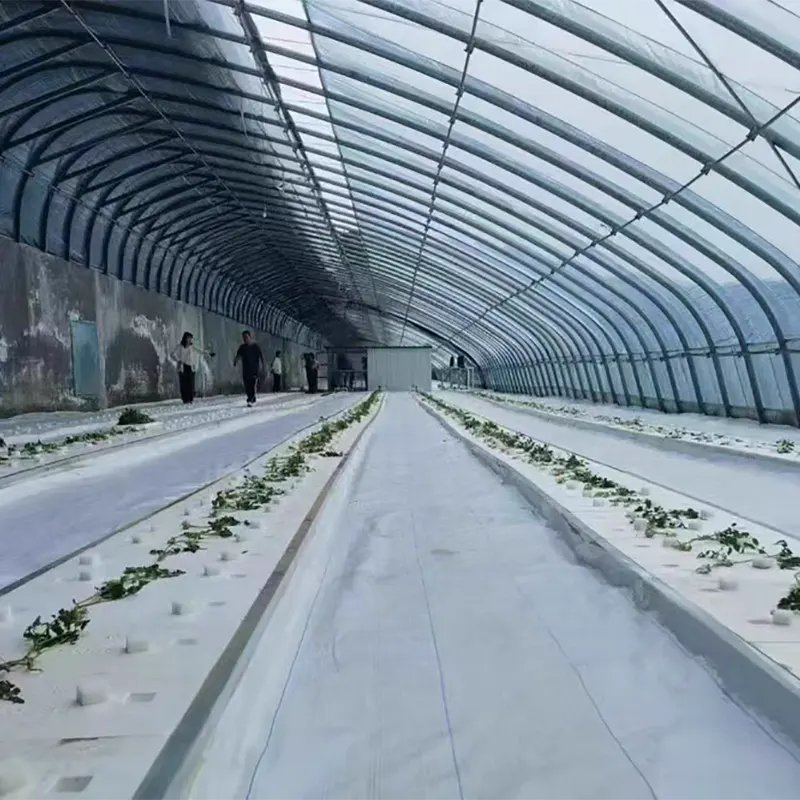What Are Agriculture Tarps and Why Are They Essential for Farming?
2025-07-10
In the agricultural industry, protecting crops, equipment, and livestock from weather elements is critical to ensuring productivity and profitability. Agriculture tarps play a vital role in providing durable, flexible, and cost-effective protection in various farming applications.
What Are Agriculture Tarps?
Agriculture tarps are heavy-duty covers made from materials such as polyethylene (PE), polyvinyl chloride (PVC), or canvas. They are designed to offer protection against sunlight, rain, wind, and dust. These tarps come in various sizes, thicknesses, and colors to suit different agricultural needs.
They are widely used in crop protection, hay storage, silage covering, ground cover, greenhouse shading, and equipment storage.

What Are the Common Types of Agriculture Tarps?
1. Hay Tarps: Used to cover and protect hay bales from moisture and UV damage.
2. Silage Tarps: Provide airtight coverage to preserve silage quality.
3. Ground Cover Tarps: Prevent weed growth and soil erosion.
4. Greenhouse Tarps: Regulate light and temperature inside greenhouses.
5. Equipment Covers: Protect tractors, tools, and machinery from harsh weather.
What Are the Advantages of Using Agriculture Tarps?
Weather Protection: Shields crops, feed, and machinery from rain, snow, sun, and wind.
UV Resistance: Special coatings prevent material degradation from sunlight.
Durability: Strong materials resist tearing, punctures, and harsh outdoor conditions.
Cost-Effective: Extends the lifespan of agricultural assets and reduces losses.
Versatility: Suitable for both temporary and long-term applications.
How to Choose the Right Agriculture Tarp?
When selecting an agriculture tarp, consider the following:
Material: PE tarps are lightweight and waterproof; PVC tarps offer higher durability.
Size: Choose based on the area or object you need to cover.
Thickness (GSM): Thicker tarps provide better durability and weather resistance.
Color: Darker colors for UV blocking, lighter colors for reflective purposes.
Eyelets and Reinforcements: For secure tie-down and resistance to tearing.
Where Are Agriculture Tarps Commonly Used?
Crop Fields
Animal Farms
Greenhouses
Storage Yards
Irrigation Projects
Whether used for small farms or large-scale agricultural operations, tarps help protect valuable resources and improve operational efficiency.
Conclusion
Agriculture tarps are indispensable tools for modern farming, offering reliable protection for crops, feed, equipment, and more. With the right selection of tarp material and design, farmers can reduce losses, extend storage life, and maintain better control over their agricultural environment.


